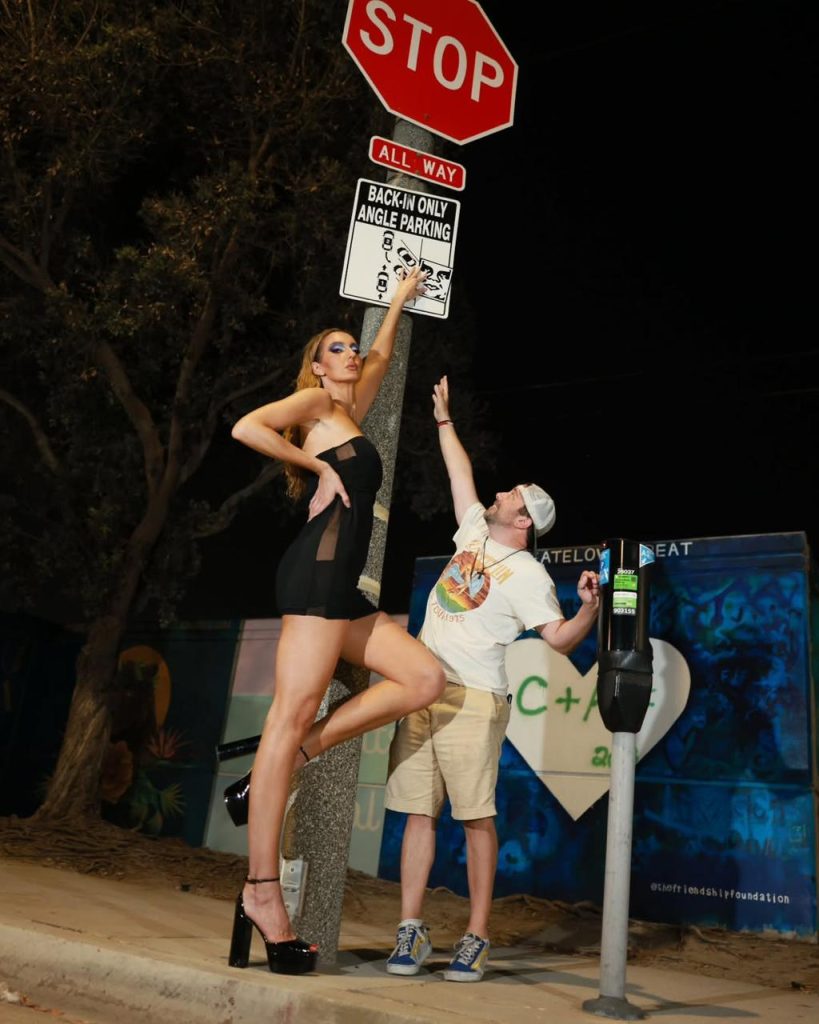Meet Ekaterina Lisina, a woman whose towering 6-foot-9 frame has turned heads all over the world and she’s not afraid to stand tall. With 4ft 3in legs, she holds the Guinness World Record for the longest legs on a female. But beyond her record-breaking height, it’s her powerful presence, athletic legacy, and fearless confidence that truly set her apart.

Before stepping into the spotlight as a model, Ekaterina had already built a name for herself on the basketball court. She began her professional career in 2006, playing for top Russian clubs like WBC CSKA Moscow, Spartak Moscow Region, and Dynamo Kursk. With her unmatched height and skill, she quickly became a standout player for the Russian national team.

Her basketball career reached its peak at the 2008 Beijing Olympics, where she helped her team win the bronze medal. She also brought home a silver at the World Championship in 2006 and a gold at the European Championship in 2007 cementing her place in Russian sports history.

After retiring from professional sports, Ekaterina took her talents to the fashion world. And just like on the court, she made an instant impact. Her striking look and commanding presence quickly made her a sensation in the modeling industry. Today, she uses her platform to promote body positivity and self-acceptance, boasting an impressive 1.1 million followers on Instagram.

However, while her height is celebrated by fans worldwide, Ekaterina admits that it sometimes complicates her personal life especially when it comes to dating.
“Some guys just can’t handle it,” she confessed. “They get nervous or try to act tougher than they are. I’ve learned to laugh it off.”
Despite the challenges, Ekaterina refuses to shrink herself for anyone. Instead, she embraces every inch of who she is, walking with the same confidence off the runway that she once carried on the court.
Her message is simple yet powerful: stand tall literally and figuratively.
So, scroll down and take a look at this 6ft 9in goddess. She’s not just breaking stereotypes she’s smashing them in heels.

when your whole body as long as her legs


Image by: EKATERINA LISINA/Instagram)

